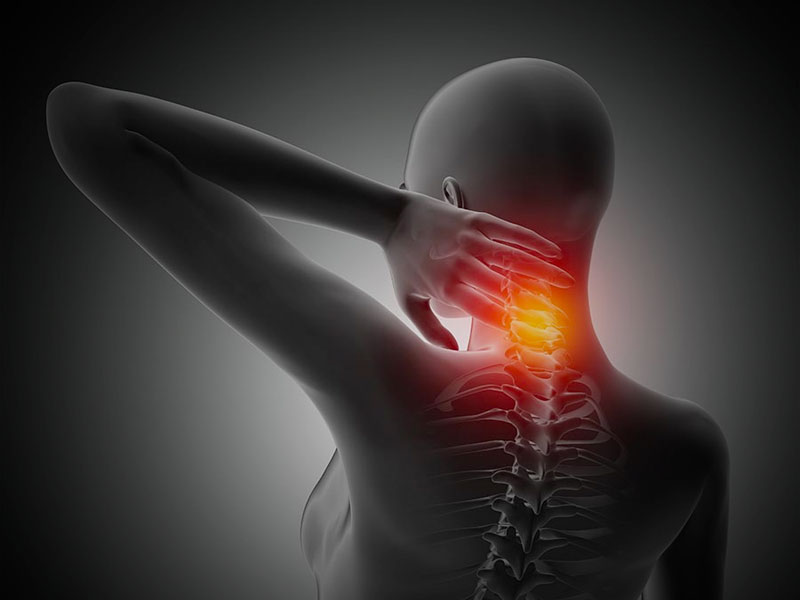Cervical health is a critical aspect of overall well-being that often goes unnoticed until issues arise. The cervical region of the spine, located in the neck, plays a crucial role in supporting the head, maintaining proper posture, and facilitating movement. However, due to various factors such as sedentary lifestyles, poor posture, and prolonged computer use, many people experience cervical problems. In this article, we will explore the significance of cervical health and the role of exercise in maintaining a strong and healthy cervical spine.
Understanding Cervical Health: The cervical spine consists of seven vertebrae, numbered C1 to C7, and it protects the spinal cord while providing flexibility to the neck. However, due to its intricate structure and constant stress from daily activities, the cervical spine is prone to injuries, strain, and stiffness. Common cervical issues include neck pain, muscle spasms, reduced range of motion, and even nerve compression.
Exercise for Cervical Health: Regular exercise is essential for maintaining a healthy cervical spine and preventing or reducing the risk of cervical problems. Here are some exercises that can help improve cervical health:
- Neck Stretches: Gentle neck stretches can help alleviate tension, improve flexibility, and relieve muscle tightness. Perform simple exercises such as neck rotations, lateral bends, and forward and backward bends to stretch the neck muscles.
- Shoulder Shrugs: Shoulder shrugs are effective in reducing tension and improving posture. Lift your shoulders up towards your ears, hold for a few seconds, and then relax. Repeat this exercise several times to release stress in the neck and upper back muscles.
- Isometric Exercises: Isometric exercises involve contracting and relaxing muscles without joint movement. These exercises help strengthen the neck and improve stability. For example, place your hand on your forehead and gently push your head forward, while simultaneously resisting the movement with your neck muscles.
- Posture Correction: Correcting poor posture is vital for cervical health. Engage in exercises that target the back and core muscles, such as planks and bridges. These exercises strengthen the muscles that support the cervical spine, promoting better alignment and reducing strain.
- Aerobic Exercise: Engaging in regular aerobic exercise, such as walking, swimming, or cycling, improves overall cardiovascular health and promotes blood circulation to the cervical region. Improved blood flow helps deliver essential nutrients to the cervical spine, aiding in its health and recovery.
Precautions and Considerations: When performing exercises for cervical health, it is crucial to keep the following points in mind:
- Consult a Professional: If you have pre-existing cervical issues or are unsure about which exercises are suitable for you, it is recommended to consult a healthcare professional or a physical therapist. They can provide personalized guidance and suggest exercises tailored to your specific needs.
- Start Slowly: Begin with gentle exercises and gradually increase intensity and duration over time. Listen to your body and avoid pushing yourself too hard, as it may lead to strain or injury.
- Maintain Proper Form: Ensure proper technique and form while performing exercises. Incorrect posture or movement can exacerbate existing cervical problems or create new ones.
- Avoid Overstraining: Be mindful of your limitations and avoid overstraining the neck and shoulder muscles. If you experience pain or discomfort during any exercise, stop immediately and seek medical advice if needed.
Conclusion: Cervical health is a vital aspect of overall well-being, and exercise plays a crucial role in maintaining a strong and healthy cervical spine. By incorporating regular neck stretches, shoulder shrugs, isometric exercises, posture correction, and aerobic activities into your routine, you can promote cervical health, improve flexibility, and reduce the risk of cervical problems







